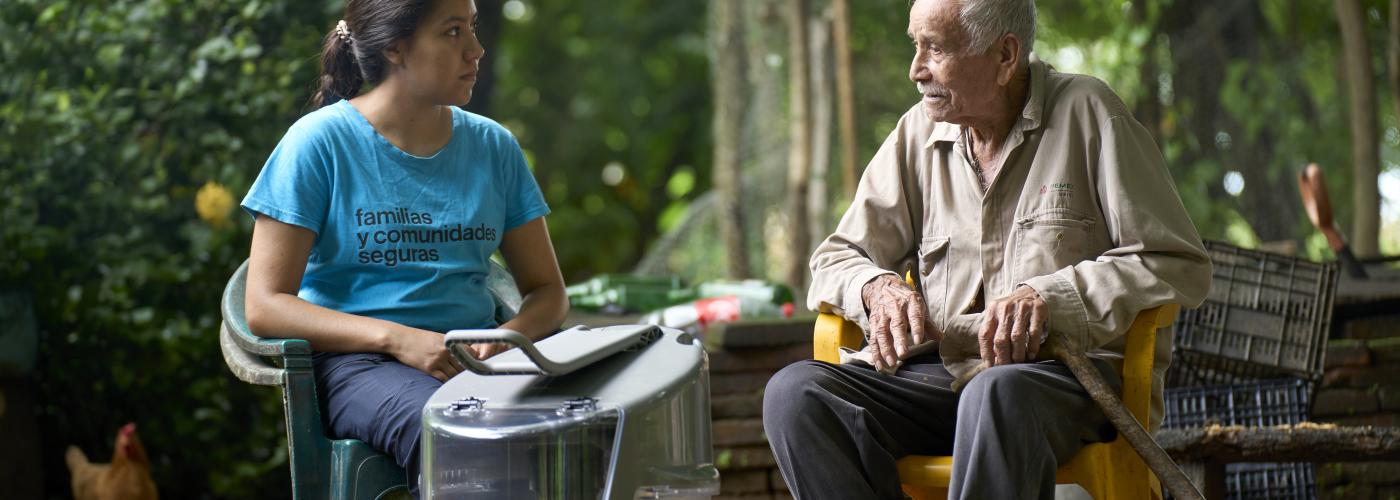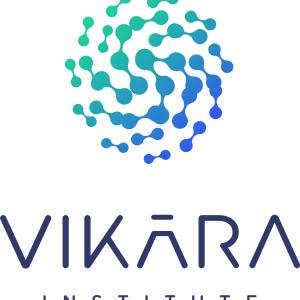Housing innovation through action, with Habitat’s Shelter Venture Labs
Image

This post was written by Habitat for Humanity's Terwilliger Center for Innovation in Shelter and was originally published on the Vikāra Institute's website.
In this initial blog in the series, the author explores the beginnings of the Terwilliger Center for Innovation in Shelter (TCIS). Of particular interest is the recognition that market systems have to be an essential component of any change process that focuses on improving the lives of low-income population segments. Another important principle that has guided the formation and evolution of TCIS is local contexts. By providing autonomy to local Labs, TCIS allows context-specific change to emerge in more durable ways since they fit the local landscape. The focus on learning and adapting is also central to how TCIS operates. TCIS’s learning process is guided by its dual approach of systems thinking and human-centered design that can balance the near-, medium- and longer-term change priorities to ensure the wellness of TCIS’s low-income constituents. The series will continue with the following blogs focusing on management principles.
Earlier this month, UN-Habitat released new estimates for the global housing deficit, finding that 2.8 billion people are currently living without access to adequate housing. This is up from the already massive deficit of 1.6 billion people estimated in 2016. Governments and civil society organizations cannot build us out of a deficit this large. We need housing markets to be more inclusive and better positioned to address the needs of the lowest-income families – a largely invisible segment, who build their homes incrementally and informally.
Although best known in the United States for volunteer-supported housing construction, Habitat for Humanity has long recognized the importance of market-based housing solutions in emerging markets. In 2016, building on a decade’s experience working to expand housing finance markets, the organization launched the Terwilliger Center for Innovation in Shelter. The Terwilliger Center’s mandate is to identify and test new, high-potential solutions to address both supply- and demand-side constraints on housing markets, with a view to influencing the market to become more inclusive and responsive to the needs of low-income households. While the Terwilliger Center’s work is global – working with partners in 54 countries – the center recognized early-on that its market-based approach would need to be informed by, and grounded, in a deep understanding of how specific national markets function and a strong learning agenda to apply that knowledge.
In recognition of this need, the Terwilliger Center established nationally based Shelter Venture Labs as platforms for exploration and market testing. Located in India, Kenya, Mexico, Peru and the Philippines, the Labs engage directly and dynamically with financial services providers, actors in the construction value chain and other partners across the public sector, academia and the media. This piece is the first blog in a series that reflects on the structure and principles of the Terwilliger Center’s Shelter Venture Labs to share Habitat’s learnings with other market systems practitioners. The series will cover how the Labs came about, how they are managed and funded, and what makes them unique.
Both organically and intentionally, the Labs have evolved to blend two distinct but complementary approaches: market systems development and human-centered design. Market systems development examines the root causes of markets failing to meet the needs of low-income households. For housing, understanding the motivations of market actors and end-customers are particularly critical to devising initiatives that incentivize sustainable, scalable change. To ensure that target communities do in fact benefit from the center’s work, program leads and subject matter experts employ human-centered design to continuously center households’ needs and aspirations for their homes. This approach is grounded in the belief that families navigating the seemingly intractable challenges of poverty are also best positioned to identify solutions. Both these approaches are well established for a number of sectors. By blending them within the structure of the Shelter Venture Labs, the Terwilliger Center has been able to pilot new solutions to long-standing housing crises.
Taking these dual principles, the Labs have found their niche in their respective affordable housing ecosystems. They act as facilitators to help various actors understand and navigate the dynamics that affect a market system, then co-create initiatives to open new market opportunities and overcome barriers to change.

The Labs conduct and then offer research on the local housing market. At its best, this research is iterative and builds upon past findings. For example, a research study by the center on the attitudes and practices of artisans in the low-income home construction segment across three Lab countries, built upon a past study that mapped the housing journey of self-builders by the Lab in Peru. In this way, local learning also begets global ideation and innovation.
With market insights in hand, Labs connect market actors, including private-sector materials and building services providers, and their potential customers in the low-income housing sector. Initiatives like the Lab in Peru’s Guardian Constructor platform, connect households with financial institutions and FinTech startups expanding access to credit scoring, small and medium enterprises in the housing value chain, vetted construction managers and architecture services – where such a service bundle did not previously exist. In this way, the platform simultaneously allows various market actors to reach a different segment of clients in new ways, while providing those clients with higher-quality services to build more resilient homes.
The Labs’ unique structure and strategy as facilitators also makes it more difficult to quantify their exact impact by traditional measures. One way to approach this question at a high level is with the counterfactual: “How would the local housing market in each Lab’s geography look without their efforts over the past five years?” When the Lab leads were recently asked this question, they had a lot to say. Jessan Catre, the Lab lead in the Philippines said that, at a minimum, “there would be no data on the significant number of low-income families who belong to the owner-driven construction segment” – a massive market segment across the country had not been tabulated until 2021. Mexico Lab lead Fernando Mendoza answered that “there would be no organization to tell [market actors] about the importance – and potential financial return – of generating housing products and services tailored to the needs capabilities of the low-income segment.”
While growing the scope and capacity of the Labs work over the past five years, the Terwilliger Center has prioritized decisions and changes that ensure they can remain agile, largely autonomous, and lean. The next blog in this series will explore the management approach that supports Labs’ work, specifically the role of autonomy and two-way information flows. We invite you to stay on for the ride – and share your own experiences – as we explore key learnings from our innovation hubs – the Shelter Venture Labs – in the blogs still to come.
Author: Habitat for Humanity's Terwilliger Center for Innovation in Shelter.


